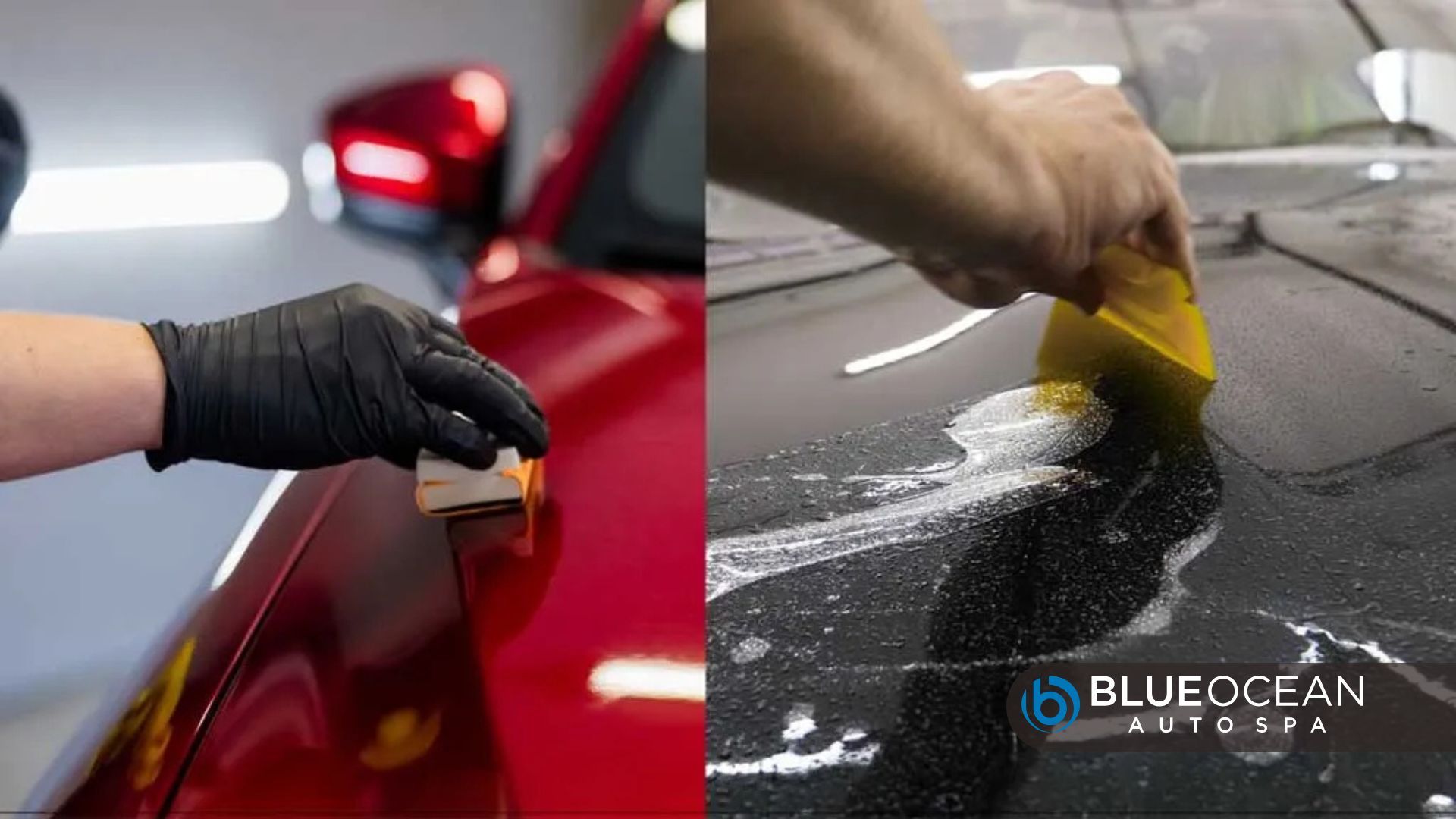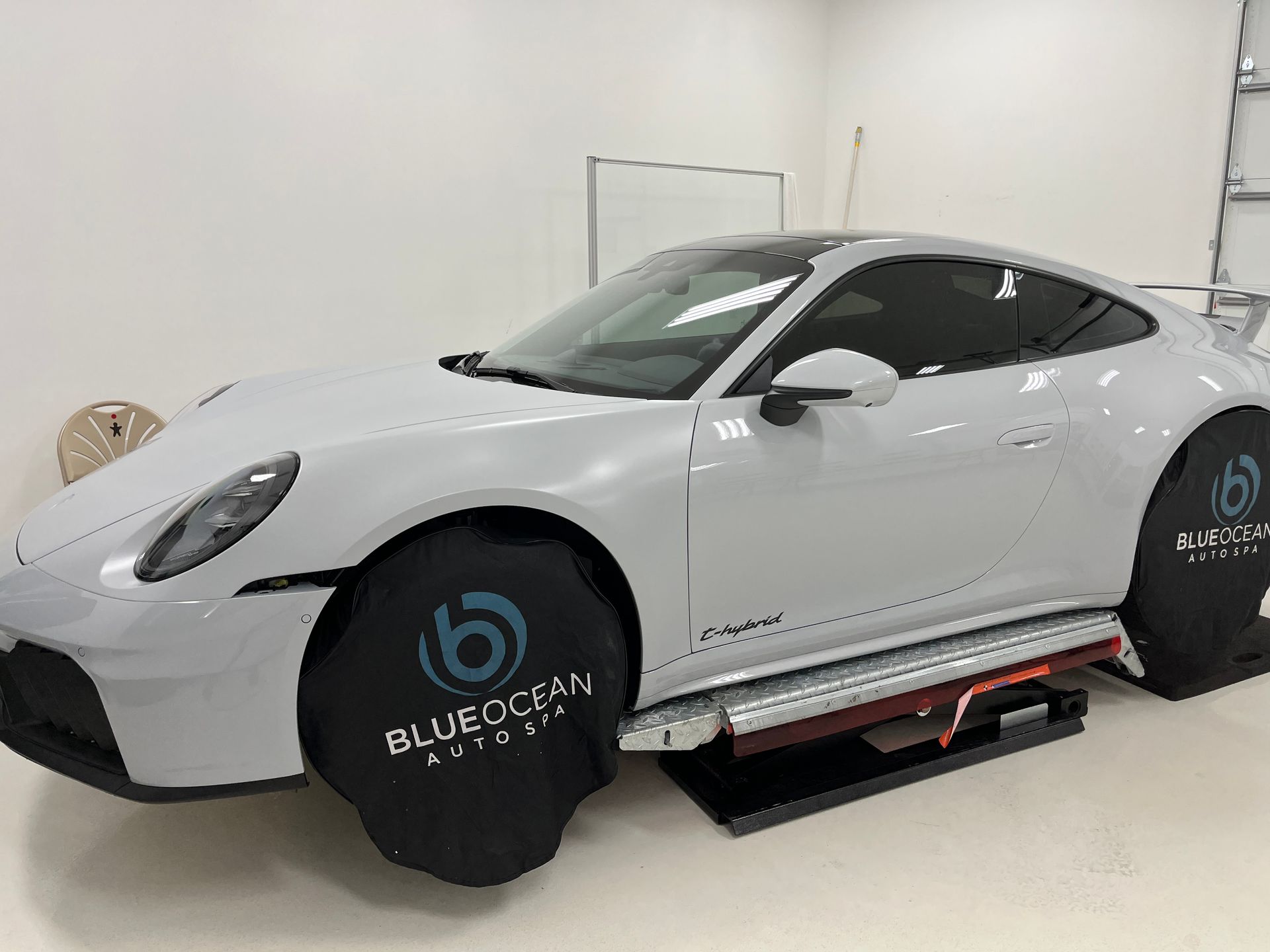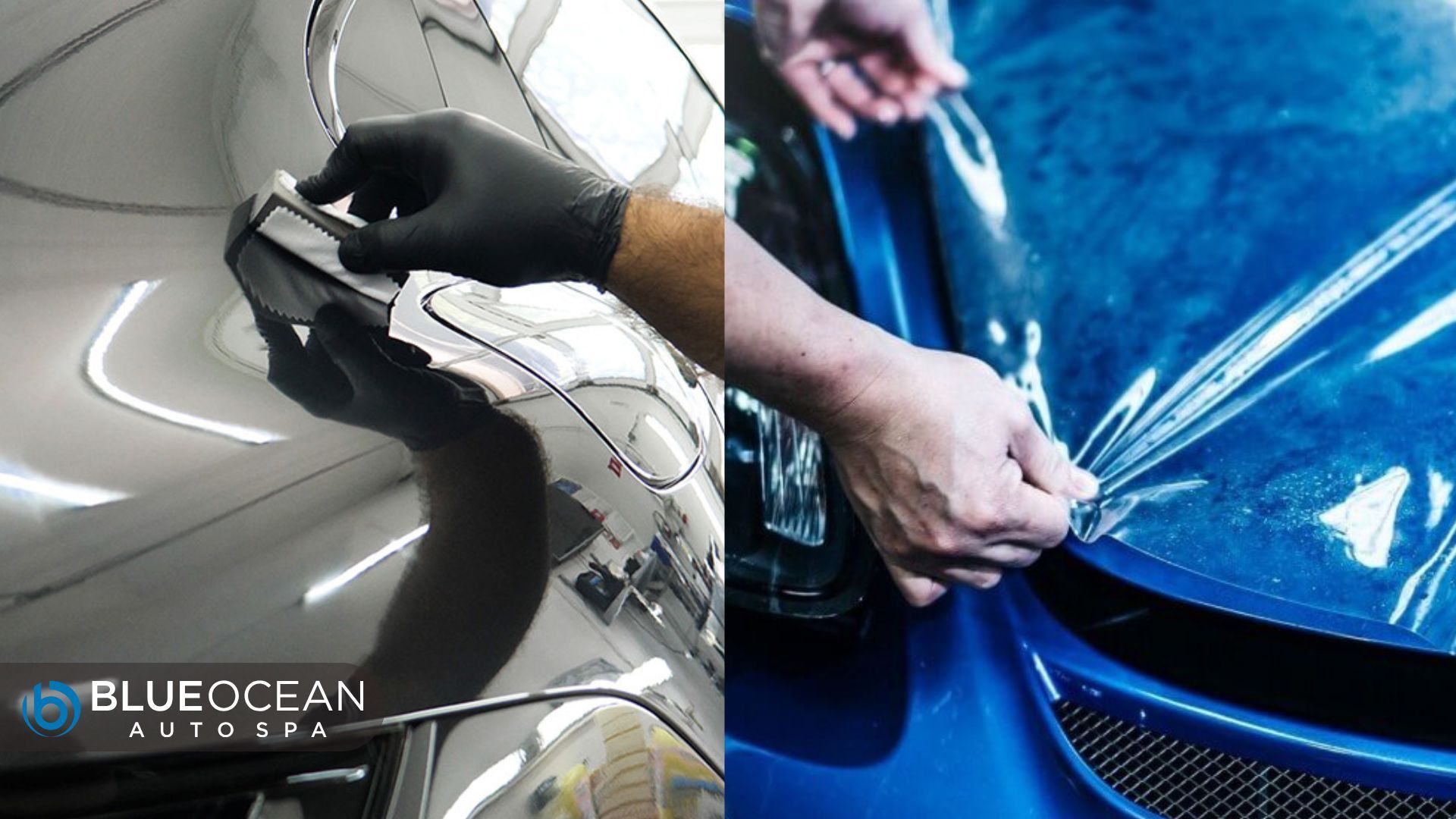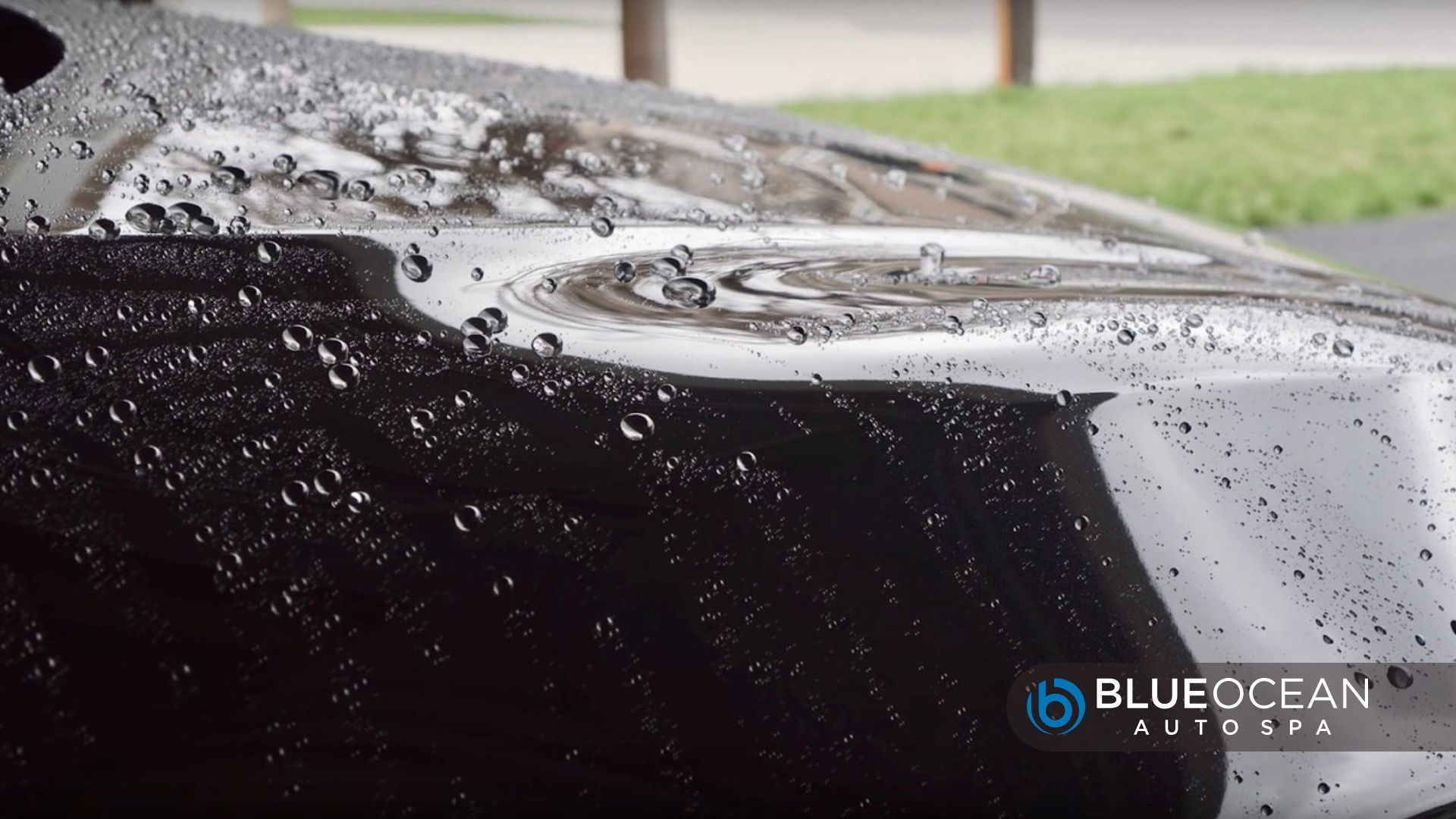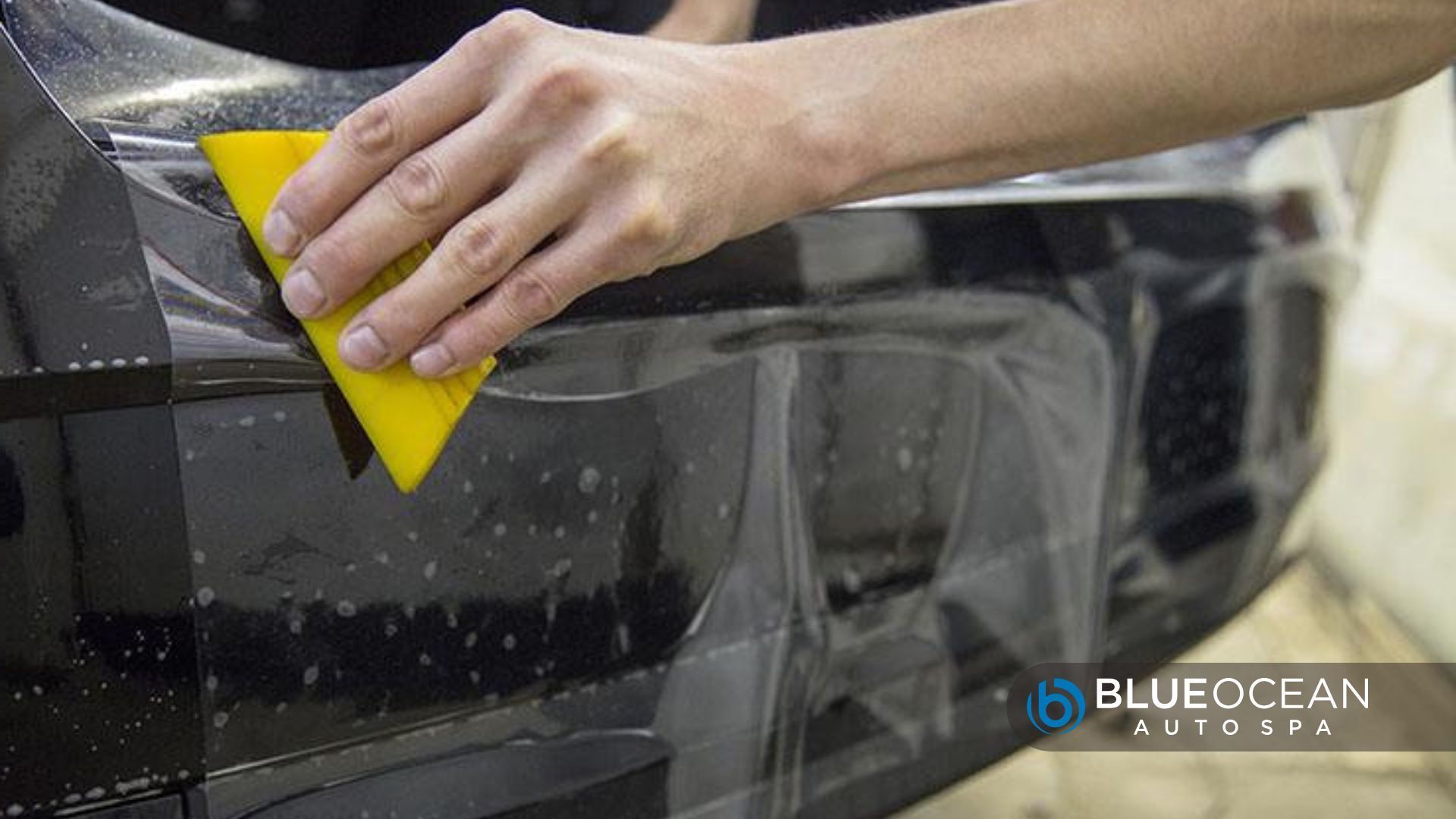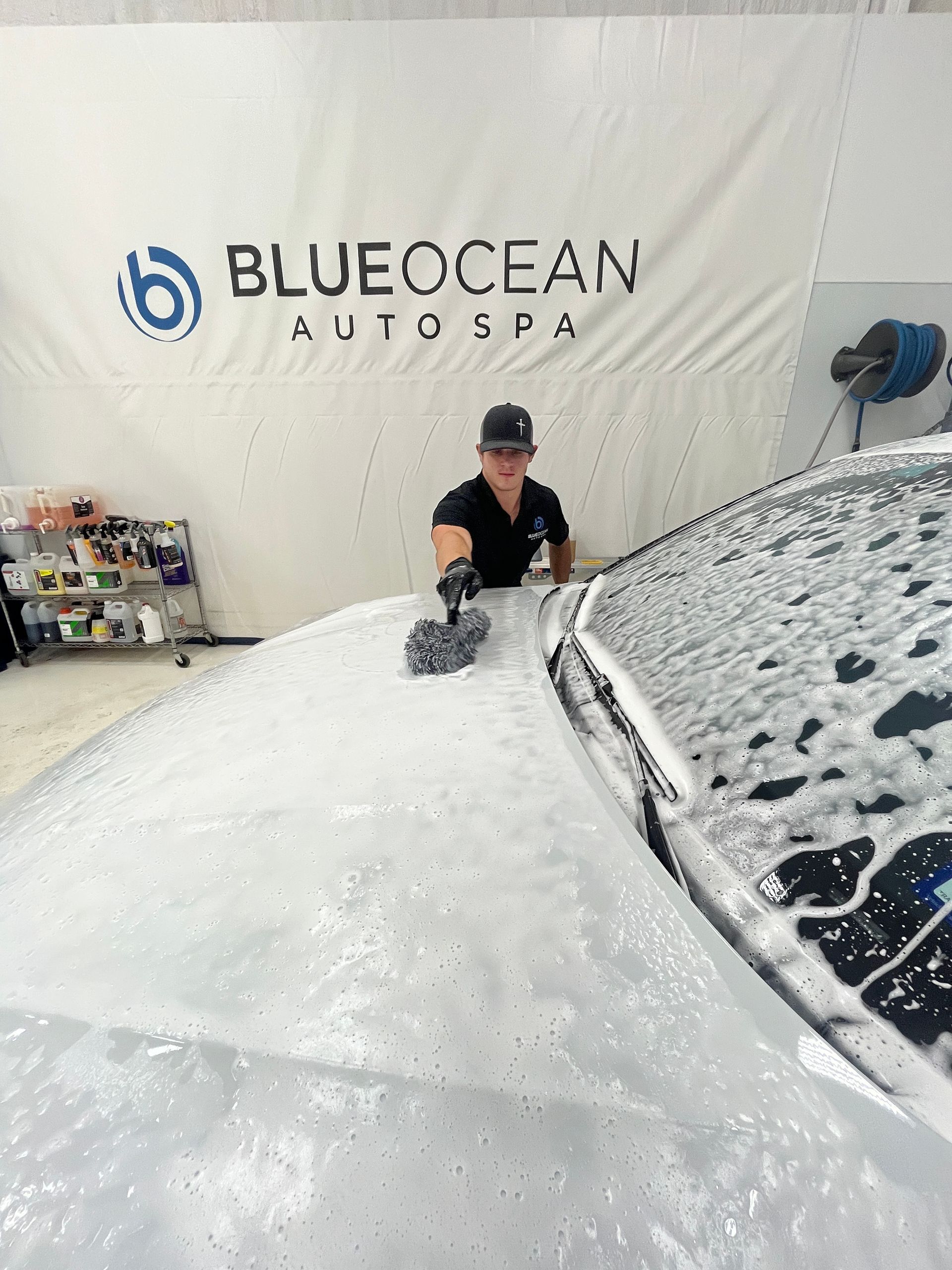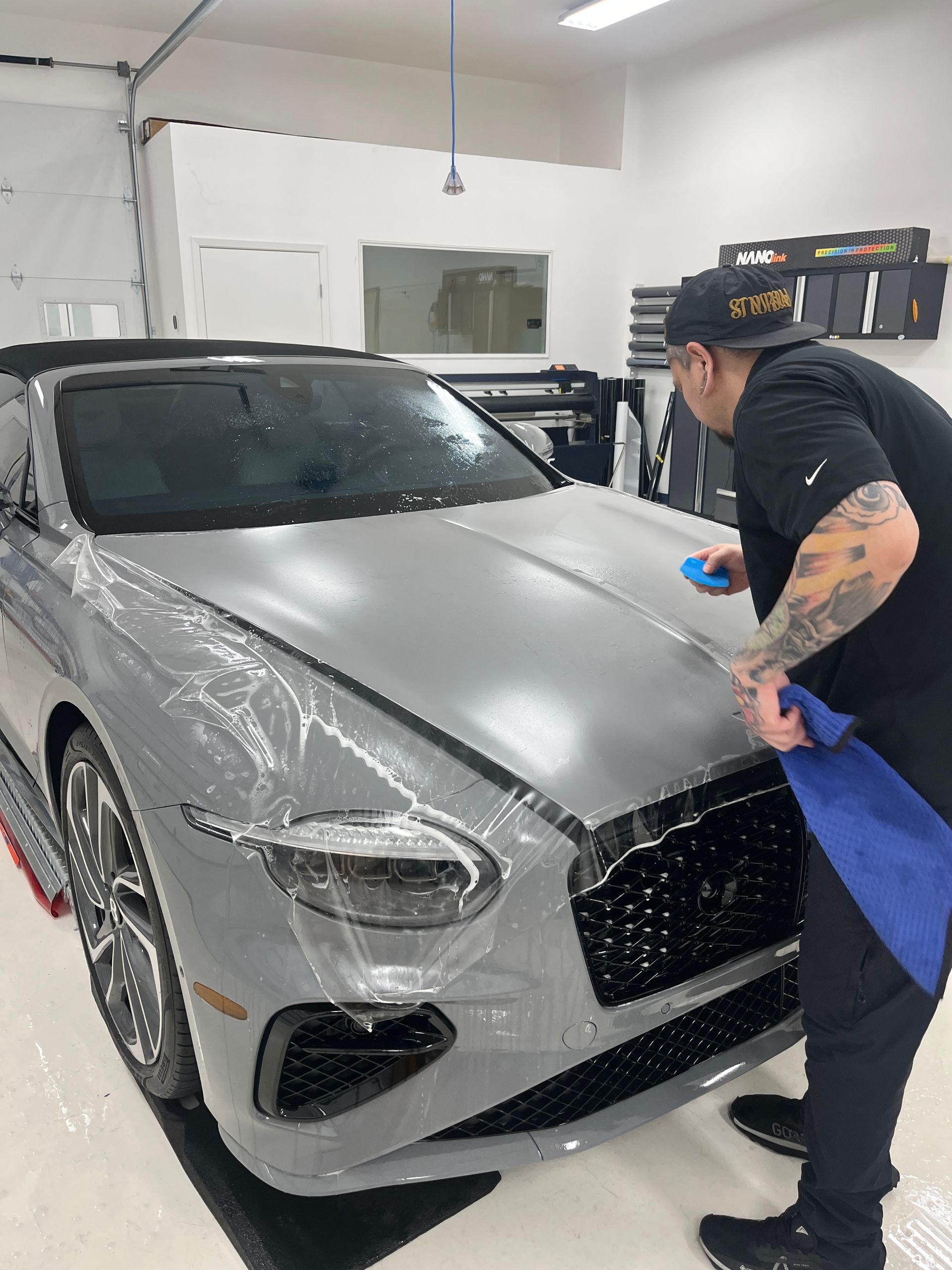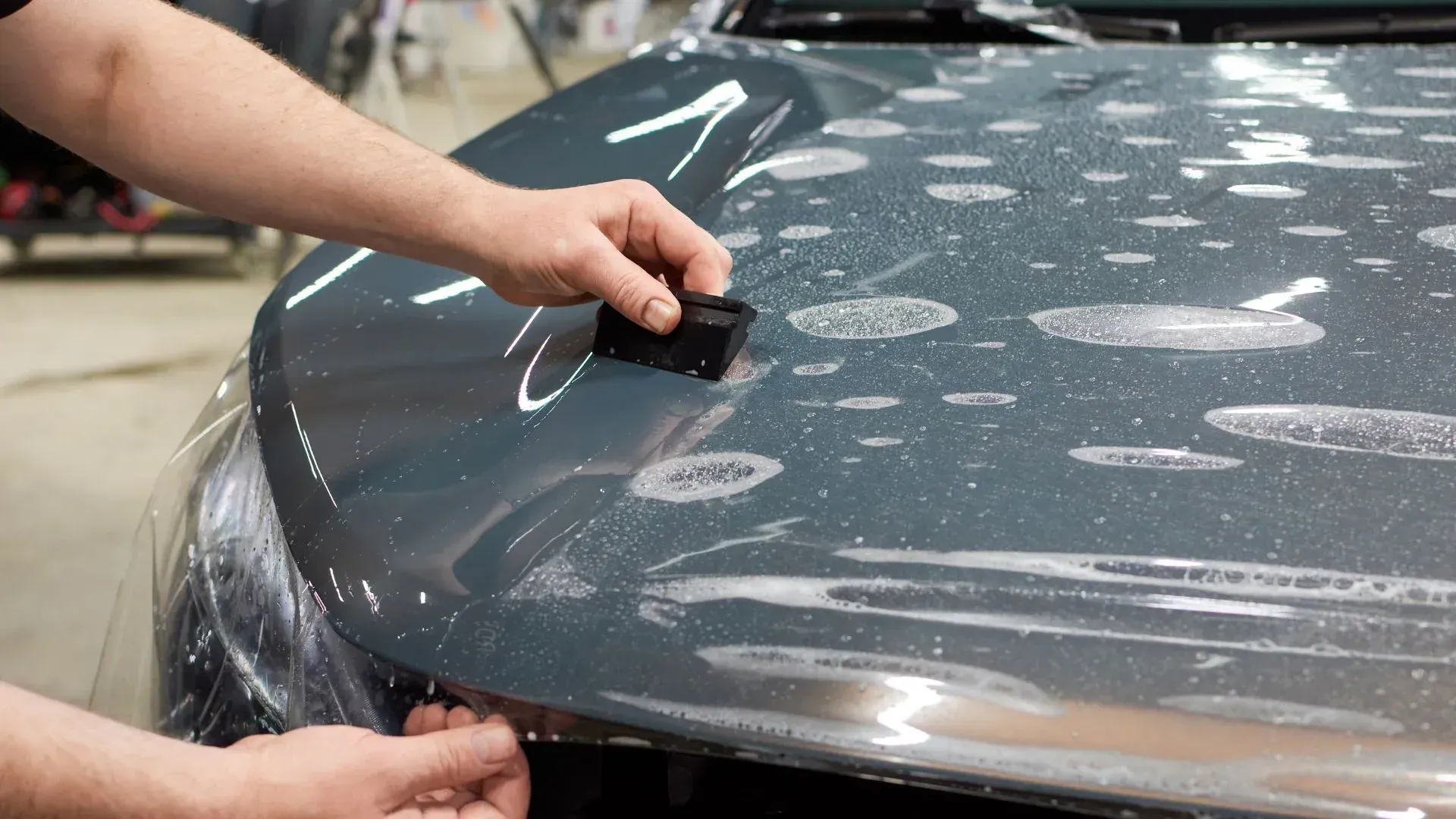Ceramic Window Tint Does What?!
Ceramic Window Tint Outperforms Yesterday's Films
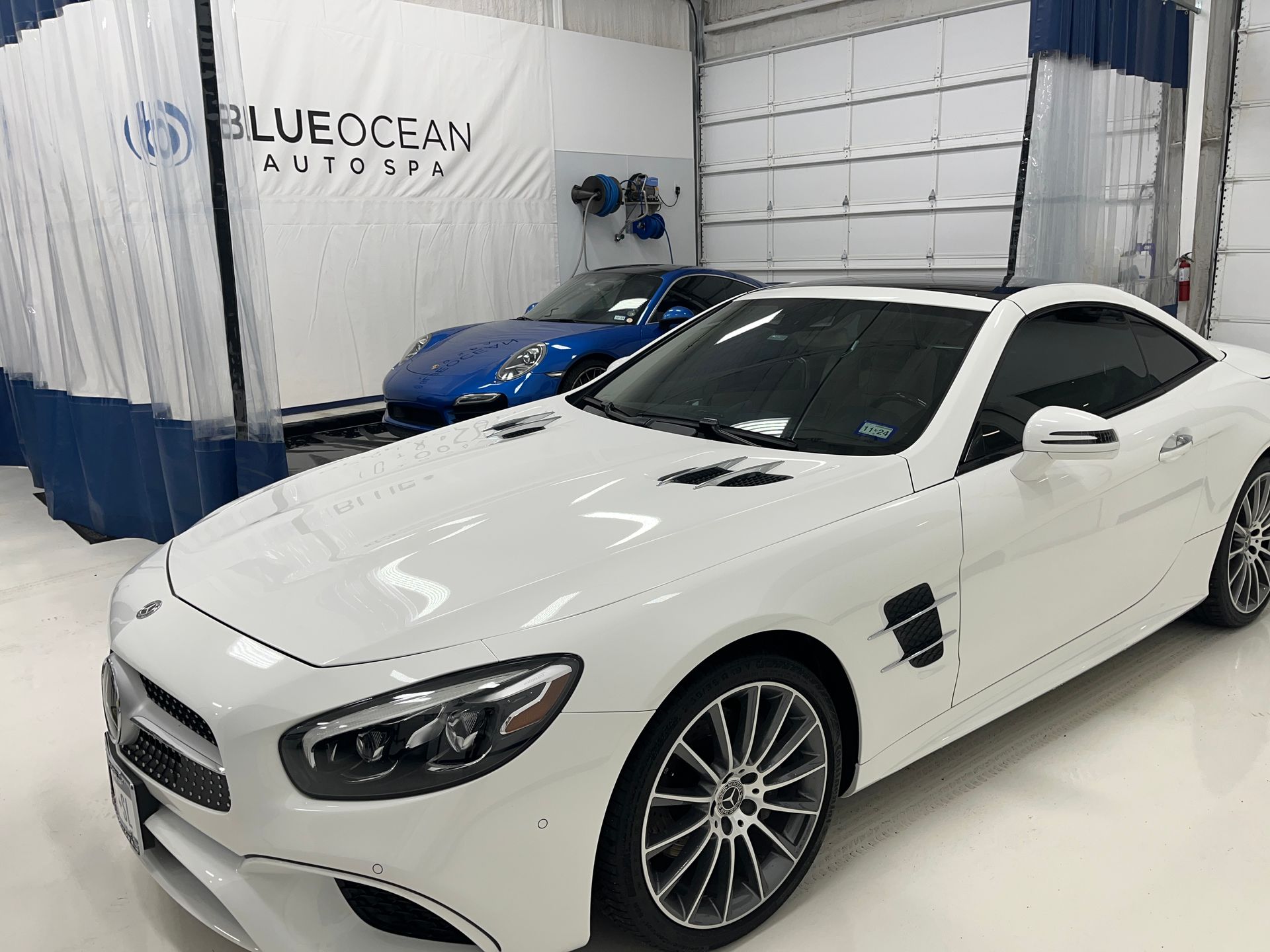
When you think of window tinting, you might picture the dark, sometimes peeling films that were once common on many vehicles. But like all technologies, window tinting has come a long way. Today, one of the most advanced options available is ceramic window tint—a product that revolutionizes how we think about tinting. If you're unfamiliar with ceramic tint, this blog will break down what it is, how it works, and why it's a superior choice over older tinting options.
What Is Ceramic Window Tint?
Ceramic window tint is a cutting-edge window film made using nano-ceramic technology. Unlike traditional tints, which often rely on dyes or metal particles to block sunlight, ceramic tints contain microscopic ceramic particles embedded within the film. These particles are invisible to the naked eye but work wonders in blocking harmful UV rays, infrared light (heat), and glare without compromising visibility.
Ceramic window tint doesn't rely on dark, thick films to provide protection. Instead, its effectiveness comes from the innovative ceramic material itself, which offers the best combination of clarity, heat rejection, and durability.
How Ceramic Tint Stands Out from Older Window Films
To fully appreciate ceramic window tint, it’s helpful to compare it with older tinting films. Historically, auto window tinting has evolved through three major stages: dyed films, metallic films, and now ceramic films. Each stage brought improvements, but ceramic tint is the pinnacle of what window tint can offer. Let’s look at how ceramic tint outperforms its predecessors.
1. Superior Heat Rejection
One of the primary reasons people tint their car windows is to reduce the amount of heat that enters the vehicle. Older tinting methods, especially dyed films, weren’t very effective at this. Dyed tints are created by layering dyes within the film, which absorbs sunlight and reduces brightness, but it doesn't do much to block infrared heat. This means that while your car’s interior might look darker, it will still get unbearably hot in the summer.
In contrast, ceramic window tint blocks up to 99% of harmful UV rays and significantly reduces infrared light—up to 85%. This means that even on the hottest days, your car's interior remains much cooler, protecting both your comfort and your vehicle’s interior from fading or cracking due to excessive heat.
2. No Signal Interference
Metallic window tints, which became popular after dyed films, were developed to improve heat rejection. These tints use metal particles within the film to reflect sunlight and block heat more effectively. However, metallic films come with a major drawback: signal interference.
Metal particles in these films can disrupt electronic signals, including GPS, radio, cellular, and even keyless entry systems. This interference can be a huge inconvenience in today’s tech-driven world.
Ceramic window tint, on the other hand, contains no metals, so it doesn’t interfere with signals. You can enjoy all the benefits of tinting—heat rejection, glare reduction, and UV protection—without compromising your vehicle’s modern conveniences.
3. Incredible Clarity
Dyed and metallic tints tend to darken windows significantly to achieve their effects. For many drivers, this darker tint is a downside. Not only can it reduce visibility, especially at night, but in some states, overly dark tints may not be legal.
Ceramic window tint offers the best of both worlds. It provides excellent heat rejection and UV protection without making your windows too dark. This allows for better visibility, both day and night, while still delivering the protection and comfort you need. Even light ceramic tints can block a significant amount of heat and harmful rays.
4. Longer Durability and Less Maintenance
Older films, especially dyed ones, are prone to fading, bubbling, and peeling over time. Exposure to the sun's rays can cause dyes to break down, leading to an uneven or discolored appearance. This not only looks bad but can also reduce the film’s effectiveness.
Ceramic window tint, on the other hand, is incredibly durable. Its nano-ceramic particles don’t break down or fade over time, which means it will retain its look and effectiveness for many years. Additionally, ceramic films are highly resistant to scratches, making them easier to maintain compared to their older counterparts.
The Benefits of Ceramic Tint for Today’s Drivers
For consumers who are new to ceramic window tint, understanding its benefits can make all the difference when choosing the right product for their vehicle. Here’s a quick recap of why ceramic tint is a superior choice:
- Heat Reduction: Keeps your vehicle cooler by blocking infrared heat.
- UV Protection: Protects your skin and your car’s interior from UV damage.
- Clarity: Provides superior visibility, even at night.
- No Signal Interference: Ensures your electronics function without issues.
- Durability: Resistant to fading, bubbling, and scratching, ensuring a long-lasting solution.
Final Thoughts
Ceramic window tint is a game-changer for anyone looking to enhance their driving experience. It’s a superior alternative to older tinting films, offering advanced technology that delivers better protection, comfort, and durability without the downsides of traditional tints. If you're considering tinting your windows, ceramic tint is the best option to keep you cool, protected, and comfortable on the road.
